A Short History of Transylvania:Definitive Guide for Travellers
A Short History of Transylvania Once a province of the Roman Empire, Romania has three historic principalities–Transylvania, Moldavia, and Wallachia–which were briefly reunited in the 16th century before splintering again when Transylvania was recaptured by…
13 Sep 19 · 8 mins read
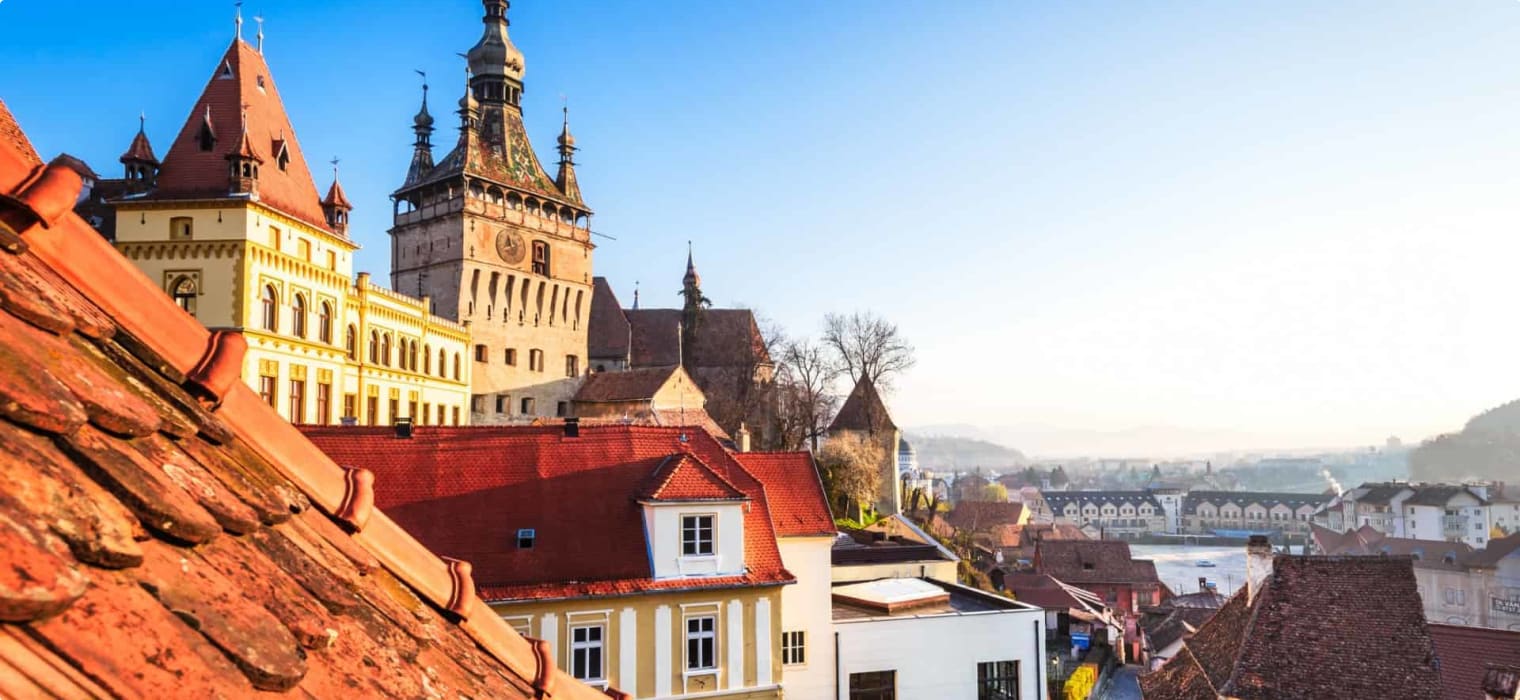
A Short History of Transylvania
Once a province of the Roman Empire, Romania has three historic principalities–Transylvania, Moldavia, and Wallachia–which were briefly reunited in the 16th century before splintering again when Transylvania was recaptured by the Austrian Habsburgs, and Moldavia and Wallachia fell under Ottoman rule. Romania would regain a part of Transylvania after World War II under a peace treaty.
In the popular imagination, Transylvania is linked with the legend of Dracula. The dramatic Bran Castle, situated on a mountain pass between Transylvania and Wallachia, is commonly known as Dracula Castle and is believed to be the site of imprisonment of Vlad Dracula, or Vlad the Impaler. In this article, we will look at history and legend to tell the story of the historic region of Transylvania, Romania. At the end of the article we will also look at the must-visit sites in this region.
Transylvania in Antiquity and the Middle Ages
For more than a hundred years starting in the 2nd century, the region in what is now Romania–comprised of the Transylvanian Basin and the lands to the south–was the Roman province of Dacia. Prior to this, the region had been settled by Indo-Europeans, which the Greeks called the Getae, who then intermingled with other tribes that the Romans called the Dacians (hence the name of the province), before they were subsumed by the Roman Empire.
Emperor Aurelian withdrew his Roman troops around the year 300, unable to deal with the migratory peoples entering Dacia’s exposed borders. These migratory peoples included the Slavs, who were assimilated by the Daco-Romans, or the Romanised population of Dacia. The Magyars (Hungarians) entered Dacia in the 10th century, and in the 11th century built the territory called Transylvania. Transylvania’s earliest known reference in historical records is in a document dated 1075. It was referred to as ultra sylvan, “beyond the forest”, with ultra meaning “beyond” and sylvan meaning “woods” or “forest”, in reference to the wooded mountains surrounding it.
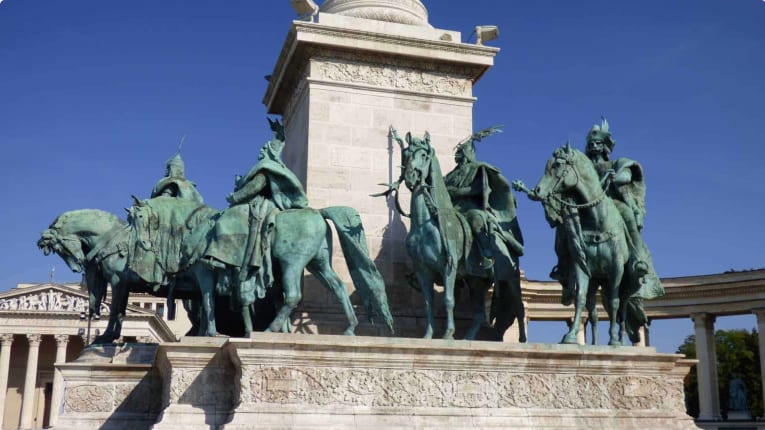
Present-day Hungarians refer to their country as Magyarország, “Land of Magyars”, after their Central Asian ancestors. The Magyars were led by Prince Árpád, who migrated from the Urals in 896 and settled in what is now Hungary. His great-grandson Stephen I ascended the throne in 1000 as the first King of Hungary, and his dynasty would rule the kingdom until 1301. (Read more about Hungary in our previous article.) Transylvania was part of the Hungarian kingdom, but evolved through the centuries as an autonomous unit, with its own military governor or prince (voivode) and constitution.

In the 12th century, German Saxons arrived in the region after the Tatar raids. The Tatars were a Turkic-speaking people who were conquered by the Mongols and folded into the Mongolian army as the Mongols attacked Europe. The Saxons were offered free land and tax incentives by Bela I of Hungary, provided they help protect the realm from the Tatar-Mongolian raids. The Saxons built seven fortress towns known as the Siebenbürgen (“seven cities”), which was the historical German name for Transylvania. These seven cities were:
- Nösen/Bistritz (Bistrița)
- Hermannstadt (Sibiu)
- Klausenburg (Cluj-Napoca)
- Kronstadt (Brașov)
- Mediasch (Mediaș)
- Mühlbach (Sebeș)
- Schässburg (Sighișoara)
Dracula in Transylvania
Scholars have suggested that Bram Stoker’s fictional vampire, Dracula, was based on the very real Transylvanian-born Vlad III Dracula or Vlad the Impaler, the voivode of Wallachia in the 15th century.

When he was born in Sighișoara, Transylvania in 1431, Hungary was already 65 years into an ongoing war with the Ottoman Empire. Vlad’s sobriquet Dracula means “son of the Dragon”; he was called as such as his father was known as Vlad Dracul (“Vlad the Dragon”). Dracul in turn was derived from the Latin draco or dragon, as his father was inducted into the Order of the Dragon, created by Holy Roman Emperor Sigismund to defend Christian Europe against the Ottomans.
Vlad moved to Wallachia when his father assumed leadership of the principality. Vlad and his younger brother were held hostage in 1442 by the Ottoman sultan Murad II to secure his father’s agreement to Ottoman policies. A few years later, Vlad’s father and older brother were assassinated by Wallachian nobles, and Vlad returned to Wallachia and struggled for several years to regain his father’s seat as voivode, even fighting his own younger brother at one point.
Bucharest (Romanian: București), the capital and largest city of present-day Romania, first appeared in historical records in a signed document in 1459 by Vlad, who also built the first fortress in Bucharest to hold back the invading Ottomans. During his rule, Vlad committed the atrocities that earned him the name “Impaler”; he would impale his enemies on stakes in the ground and leave them to die. In 1462, he left thousands of impaled enemies on the battlefield in order to deter the Ottoman army, led by the young sultan Mehmed (or Mehmet) II.
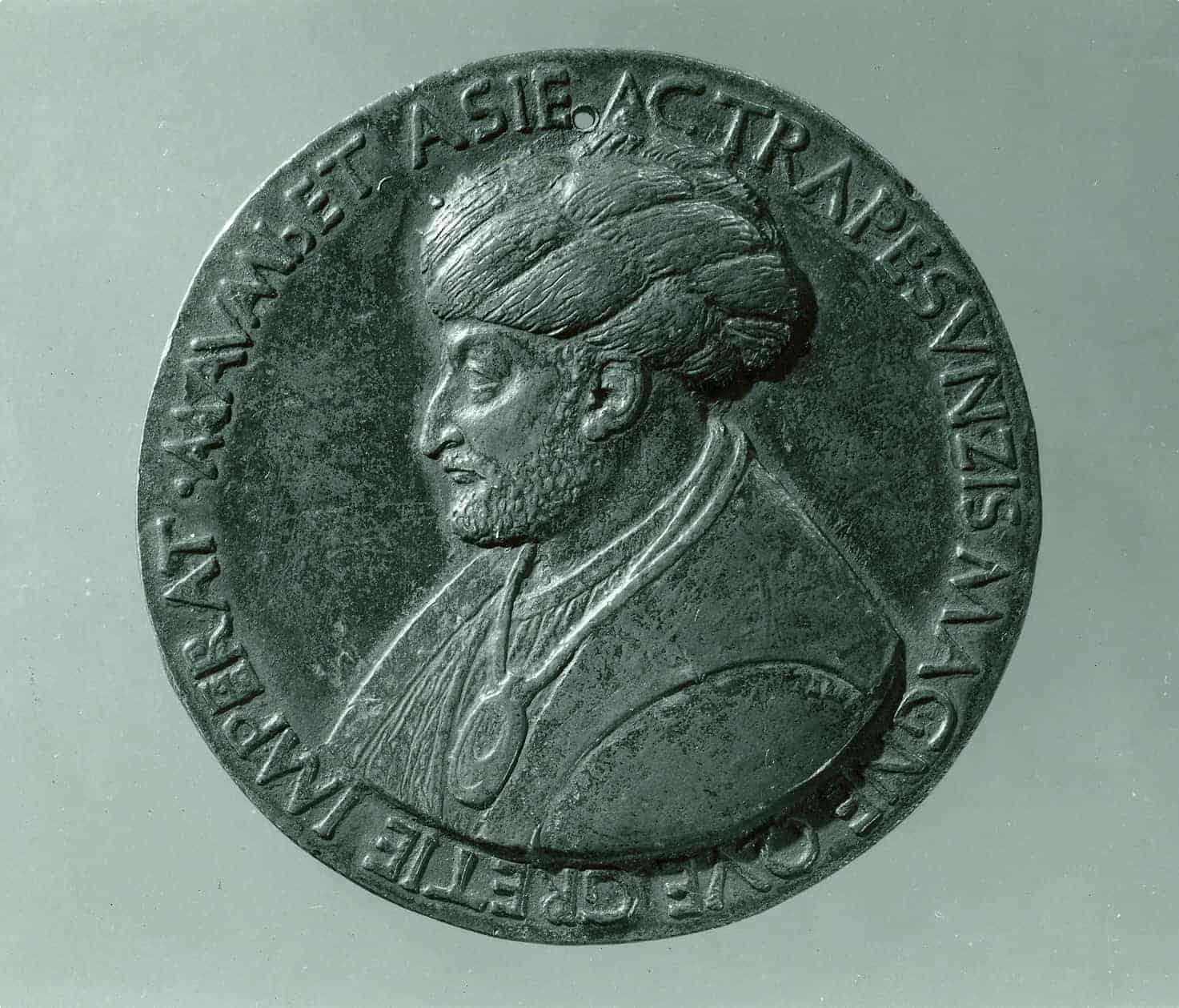
Years before this, in 1453, Mehmed II had already breached the walls of Constantinople, now known as Istanbul, making it the capital of the Ottoman Empire. (Read more in our previous article here.) Some scholars are saying that Vlad’s tactics “may not have been exceptionally cruel”, and that the impaling method was used as “psychological warfare” against a formidable enemy who had considerably more resources than he did.
He was able to evade the Ottomans that year, but he was later captured by the Hungarians and imprisoned by their king Matthias I (Mátyás Hunyadi). Vlad Dracula was later killed in battle, in 1476.
Ottomans vs Habsburgs
Meanwhile, the Ottoman-Hungarian war raged on.
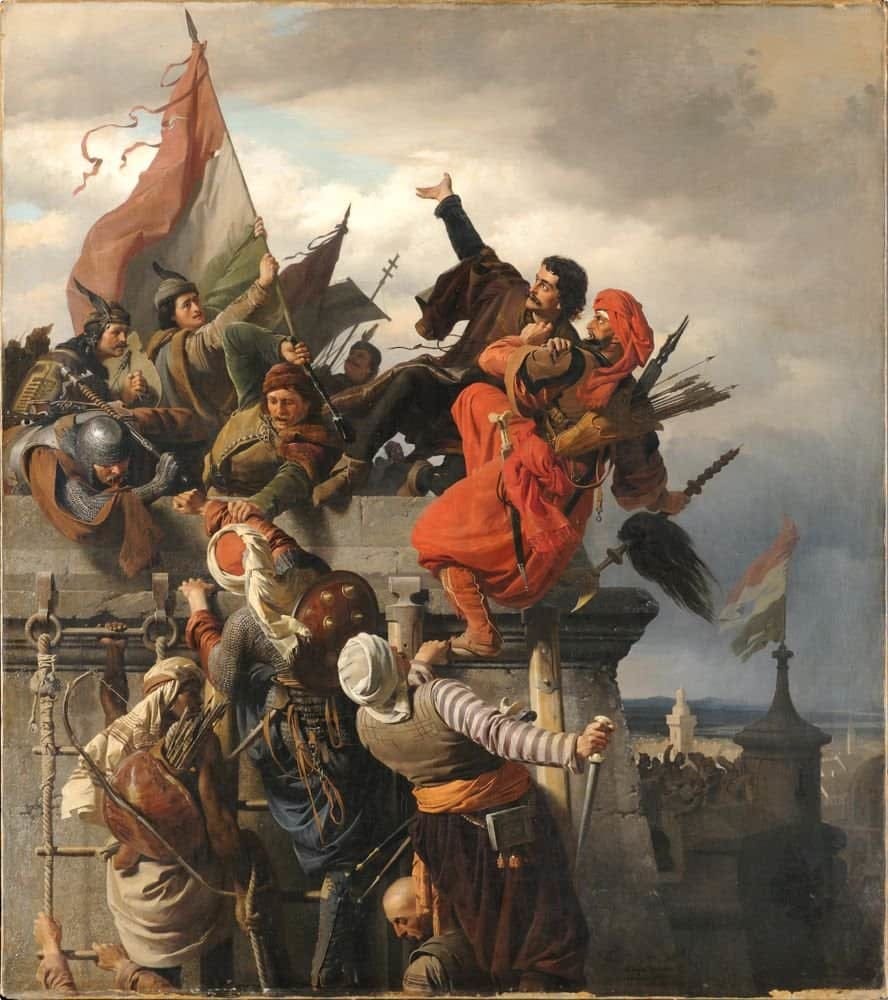
It finally ended in 1526, with the Ottomans defeating Hungary at the Battle of Mohacs. In the ensuing chaos, the Hungarian nobles elected two kings simultaneously, dividing Hungary into three regions: the west, or “Royal Hungary”, ruled by the Austrian Ferdinand I of the Habsburgs; the east, including Transylvania, ruled by its voivode, John (János Zápolya); and the central region, including the capital Buda, firmly under Ottoman control. John and Ferdinand I fought for control of the region for 12 years.
In 1566, Transylvania was transformed into an semi-autonomous principality under the Ottomans. The Bathory dynasty ruled the principality for many years, playing off the Ottoman sultan against the Habsburg emperor so they could step back from the conflict and retain their independence. Transylvania became an important power during this period and a bastion of Protestantism in Eastern Europe.
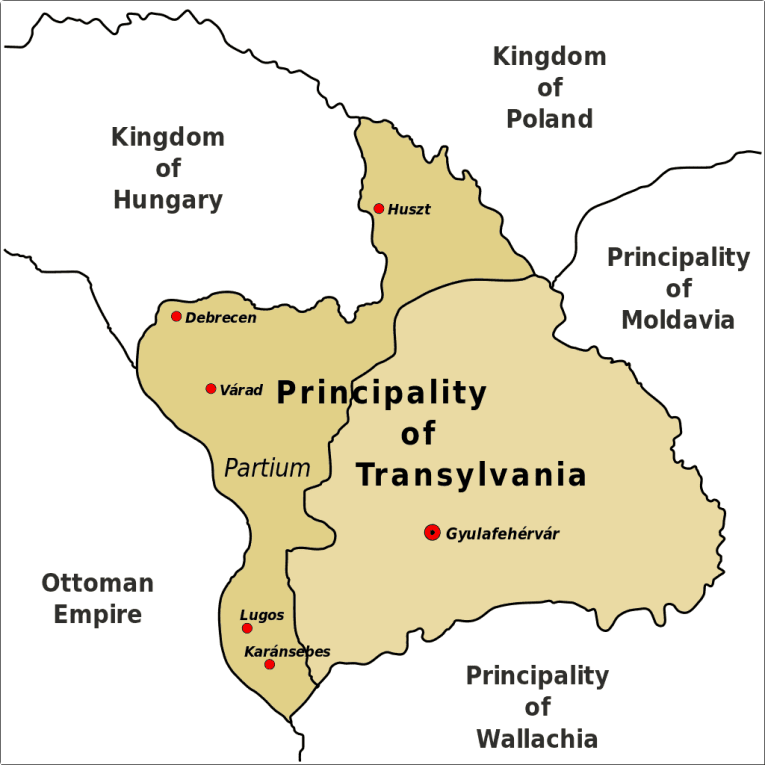
Starting in the 1600s, the Ottoman Empire’s power began to wane and Europe began to rise, strengthened by the discoveries and innovations during the Renaissance and the start of the Industrial Revolution. The Ottomans, recognising Transylvania’s growing political dominance, stripped it of its western territory and installed an obedient voivode (Mihály Apafi) in 1662.
There were many Hungarians, especially non-Catholic minorities, who sided with the Ottomans, as they were rebelling against the Holy Roman Emperor Leopold I’s Counter-Reformation principles and anti-Protestantism, an uncompromising religious policy that had guided the Habsburgs for the decades. When Mehmed IV declared war on Leopold I in March 1683 and besieged Vienna months later, he was supported by the Hungarian army.
But the siege of Vienna ended on September 12, 1683 with the Ottomans’ defeat and Vienna saved by her allies. (Read more here.) Transylvania recognised the rule of emperor Leopold I and became attached to Habsburg-ruled Hungary. In 1699, the Ottomans conceded their loss of Transylvania, and by 1711, even the anti-Habsburg elements within Transylvania submitted to the emperor.
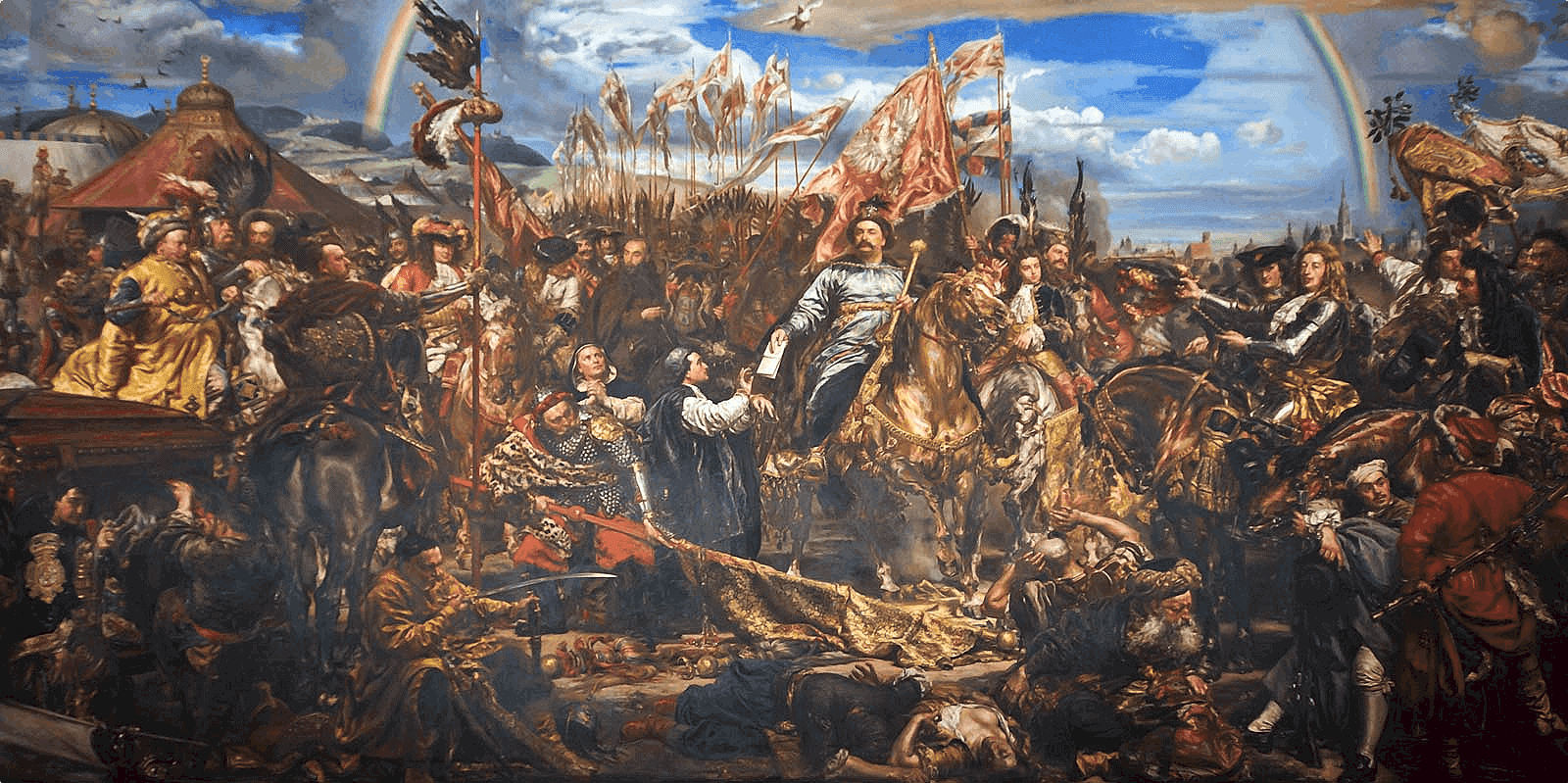
Transylvania with Romania
Even back in the Middle Ages, the Magyars overshadowed the indigenous Romanian population. By the 18th century, the Magyars were calling for Transylvania’s integration with Hungary. In the Hungarian Revolution of 1848, when the Hungarians revolted against the Habsburgs, the Transylvanian Magyars sided with the revolution while the Romanian peasantry sided with the Habsburgs, hoping to fight for their own political and religious freedoms.
Transylvania was eventually reabsorbed into Hungary in 1867. After Austro-Hungary’s defeat in World War I, the Romanians of Transylvania demanded the principality’s union with Romania. The union was completed in 1947, the same year a communist regime overthrew the Romanian monarchy. In 1989, a national uprising replaced this regime with a democratic style of governance.
Travelling to Transylvania
Transylvania has been likened to the new Tuscany, capturing the attention of the British elite, including Prince Charles, who holds properties in the region. Just as Tuscany enchanted British travellers, Transylvania has become a sought-after destination, marked by its bucolic forests, captivating architecture, and rich historical tapestry.
Prince Charles’ fondness for Transylvania is evident in his recurrent private visits following his initial journey in 1998. The allure of the region’s picturesque landscapes and centuries-old heritage is undeniable, drawing even the British royalty to its mesmerizing charm. Beyond its fairytale-like icons and eerie legends, Transylvania offers a serene retreat, nestled amidst the enchanting Carpathian Mountains, still retaining an air of undiscovered mystique in comparison to more mainstream European destinations.
One of Transylvania’s most iconic landmarks is the legendary “Dracula Castle” in Bran, perched dramatically on a mountain pass bridging Transylvania and Wallachia, believed to have been Vlad the Impaler’s place of captivity.
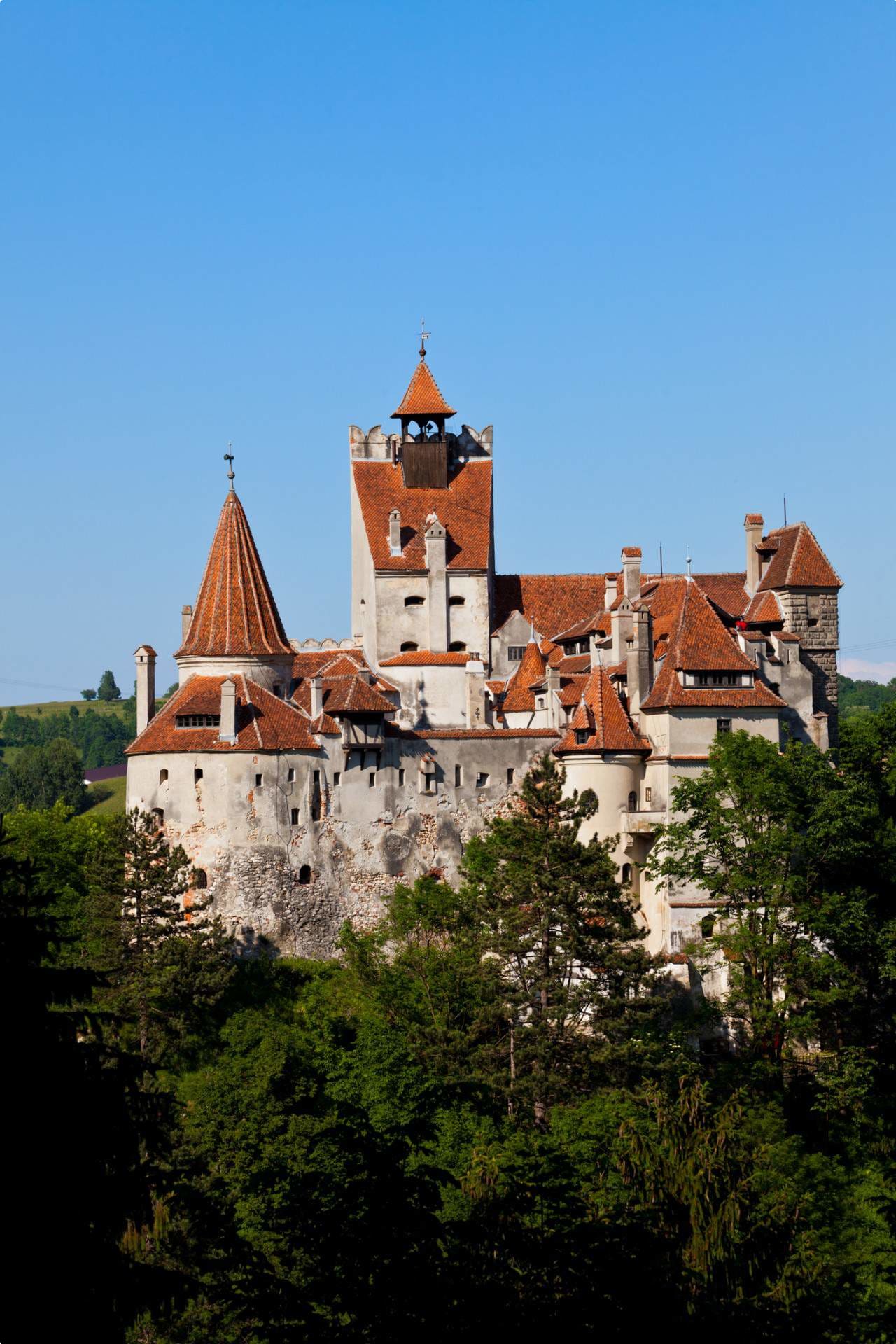
The town of Braşov serves as a captivating gateway to the Transylvanian region, boasting a charming central old-town area that beckons exploration.
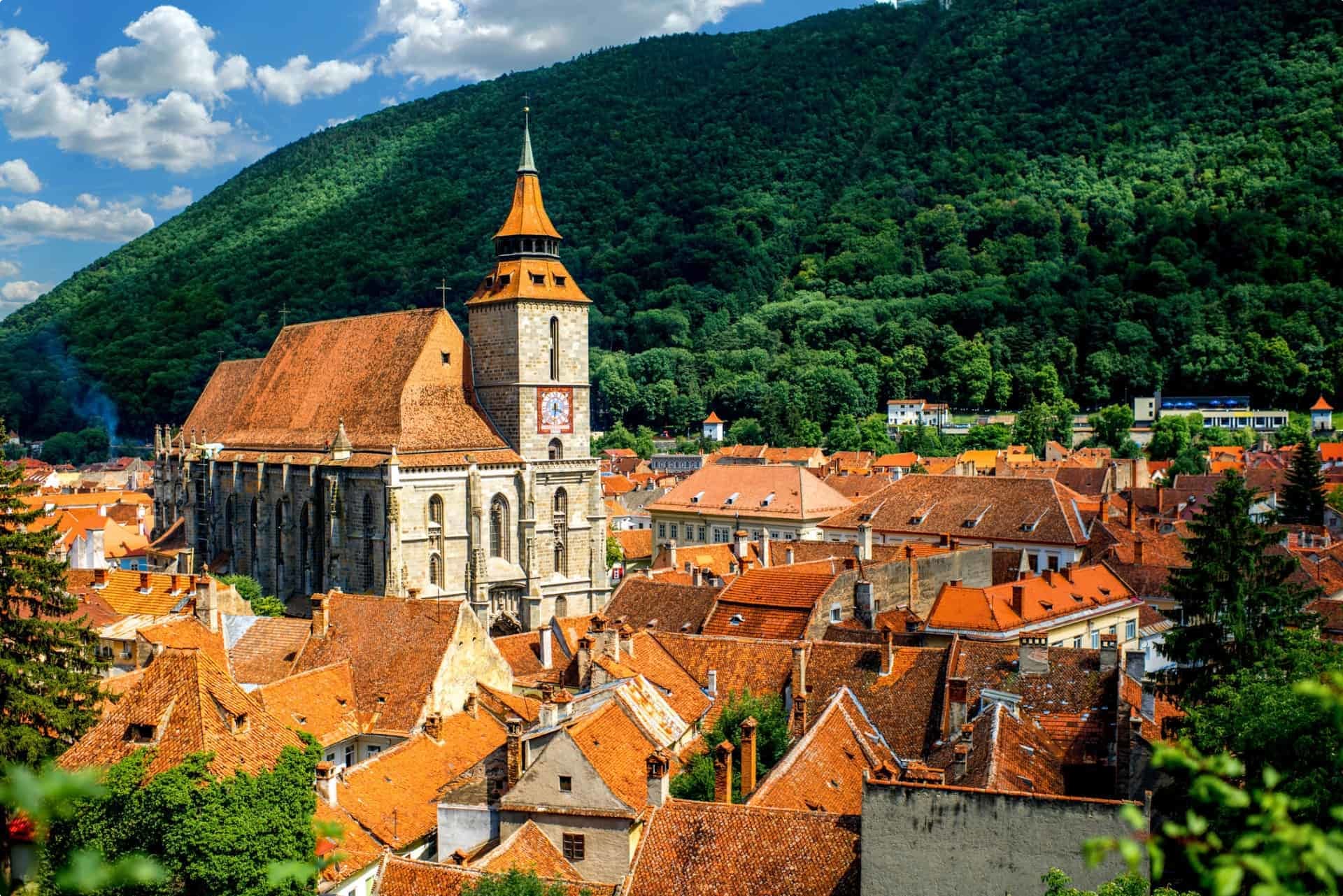
Visitors to Transylvania should not miss the awe-inspiring Biserica Neagră, or the Black Church, a former Roman Catholic edifice now the largest Lutheran place of worship in the area. Ravaged during the Great Turkish War of the 1680s, the church earned its name from the soot that darkened its walls as a haunting reminder of its tumultuous past.
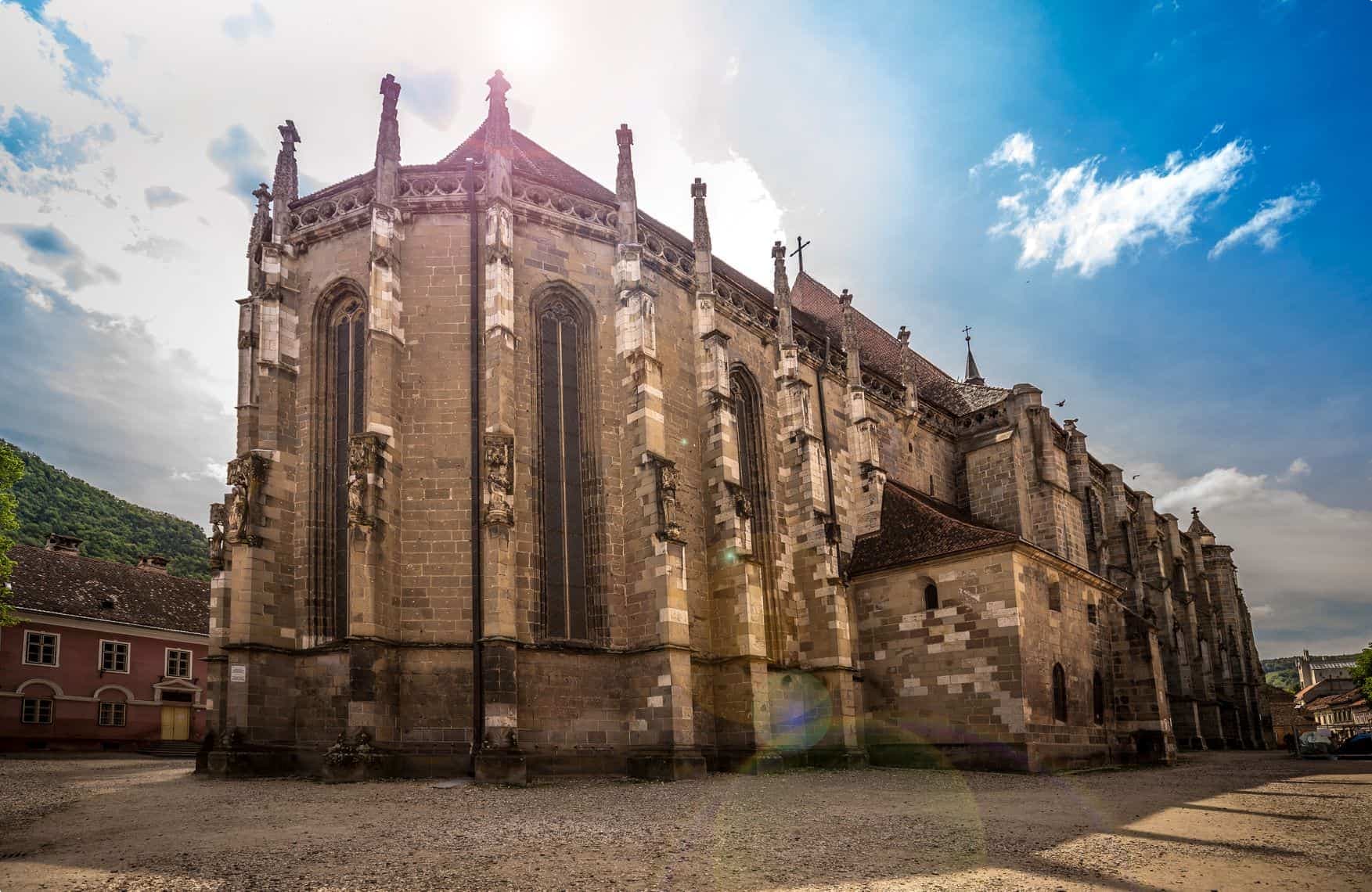
To enjoy a beautiful view of Braşov, ascend Mount Tampa via cable car.
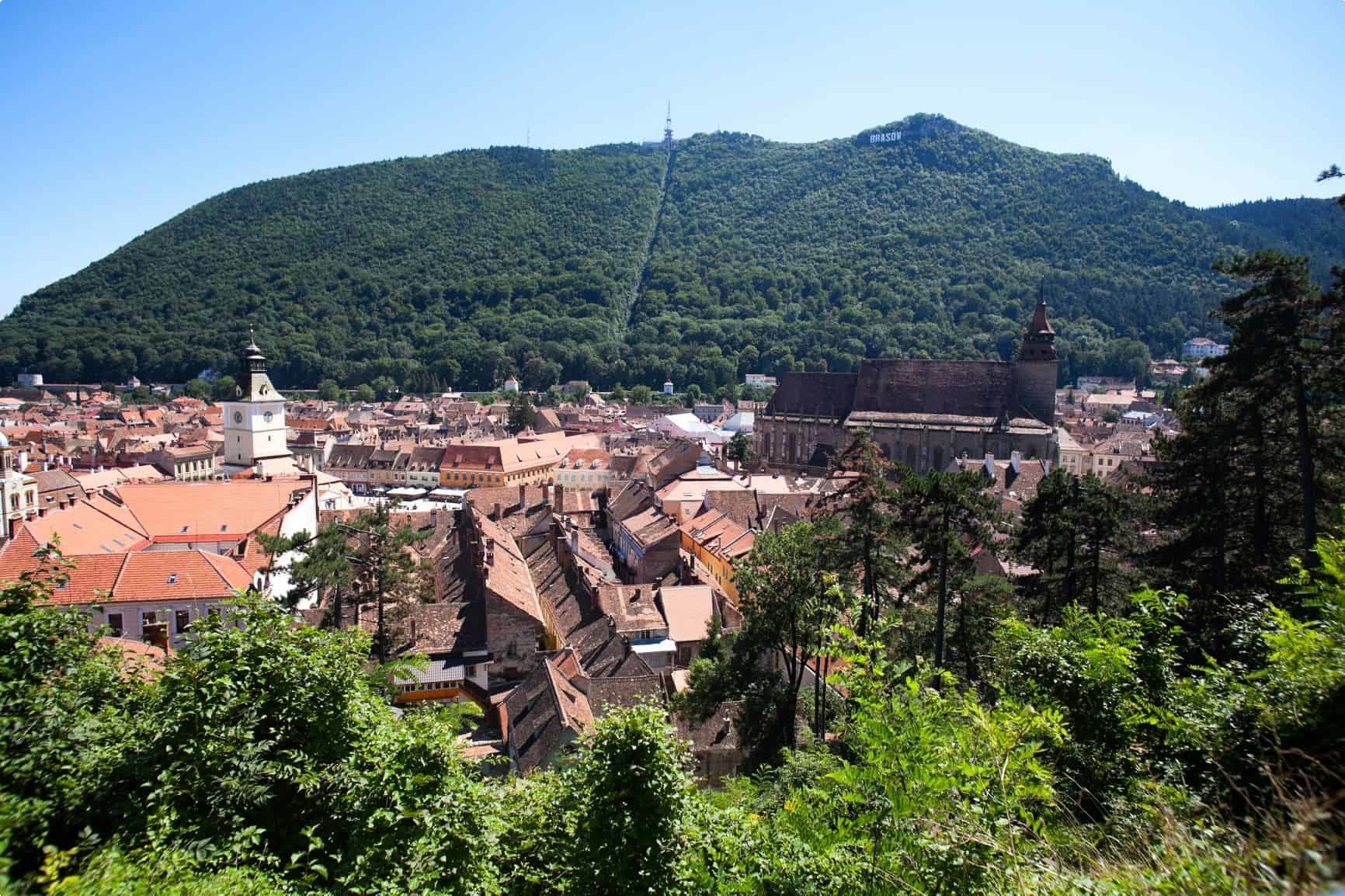
Exploring further afield, the Prejmer Fortified Church in Prejmer stands as a testament to Transylvania’s rich heritage, belonging to the UNESCO World Heritage Sites list. Founded by the Teutonic Knights in the 13th century and later adopted by the Saxon community, the church showcases a priceless 15th-century Gothic altarpiece among its treasures.
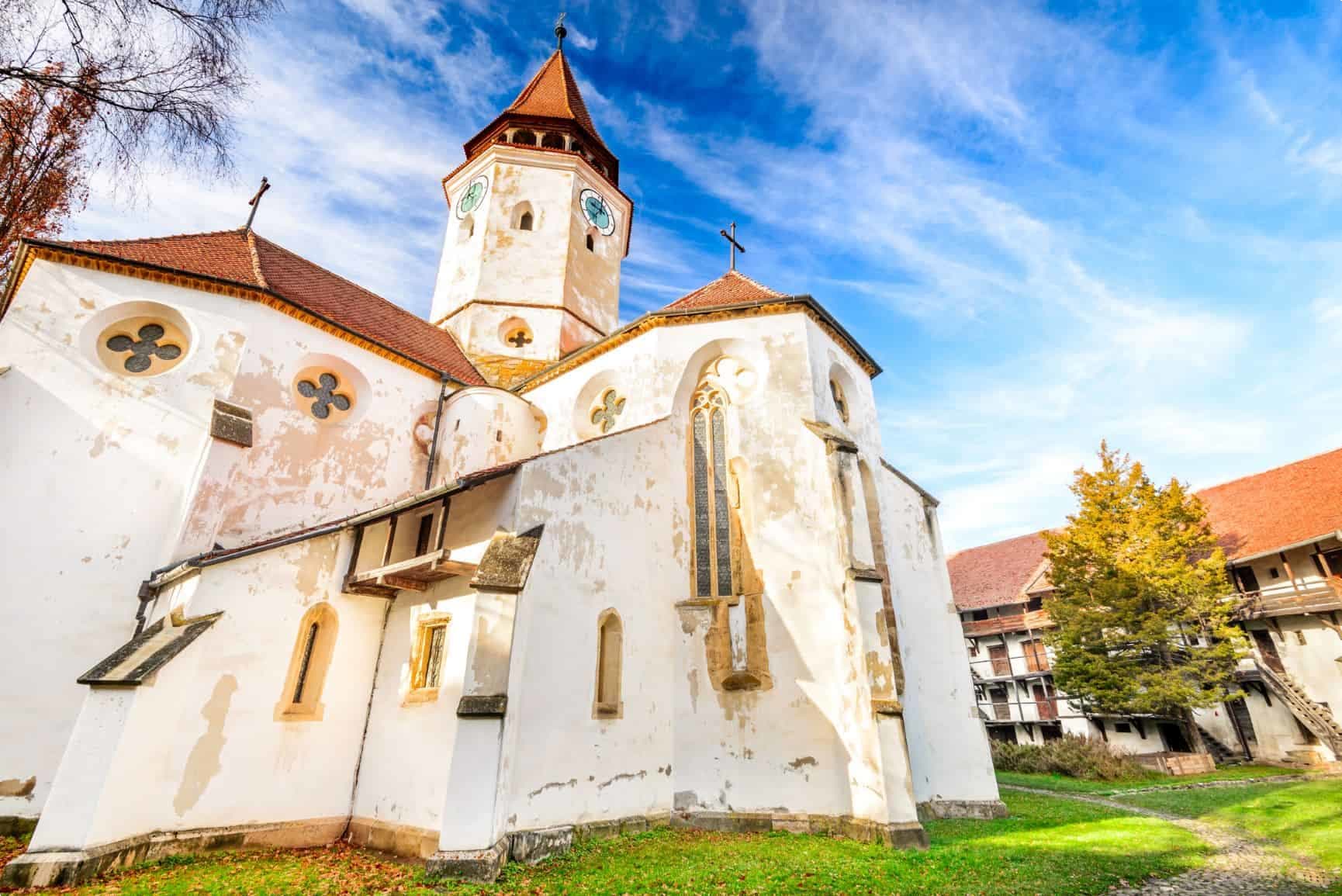
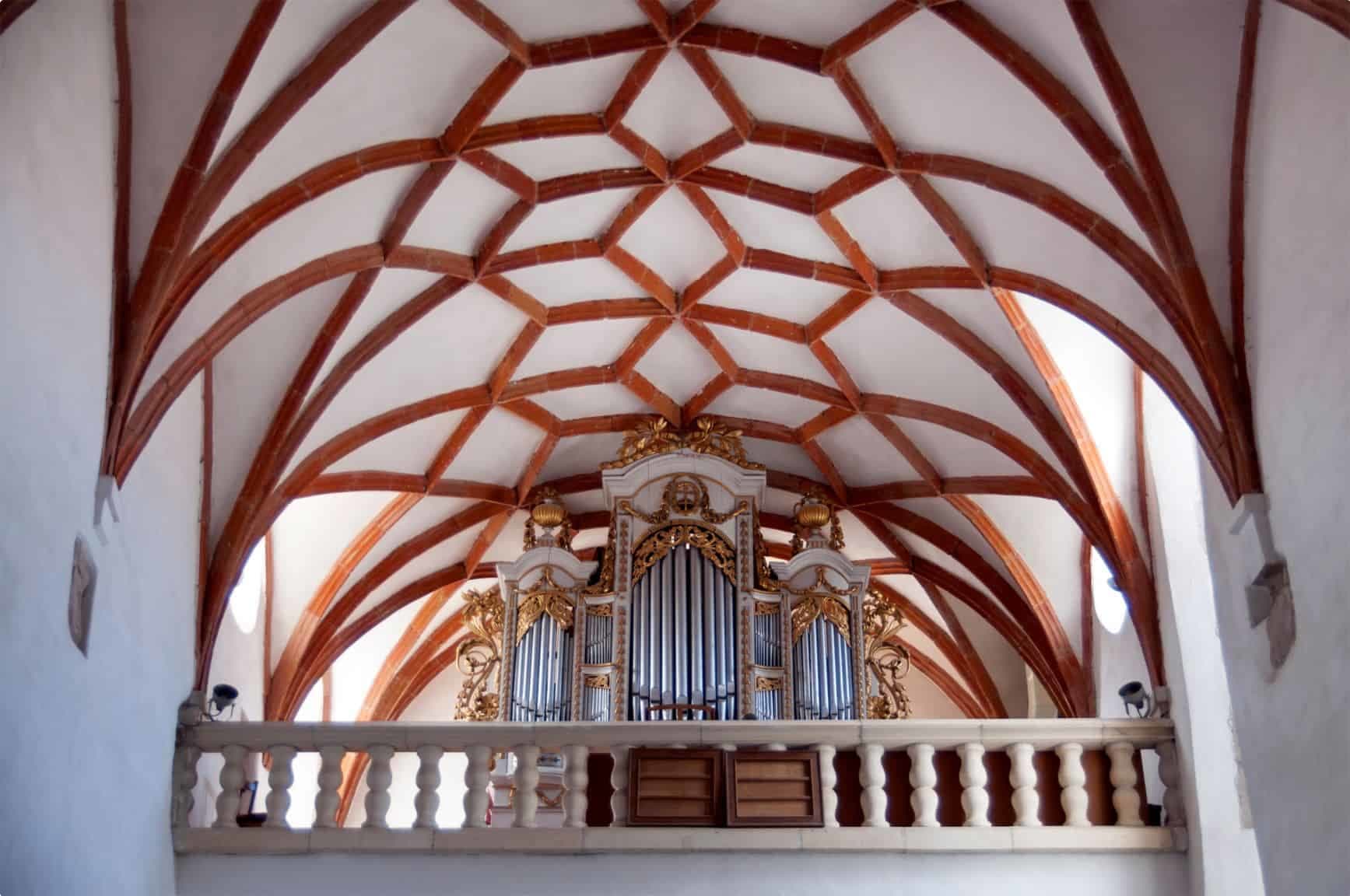
Venturing to the UNESCO-protected Sighişoara Citadel, founded in the 12th century by Saxon settlers, visitors are immersed in medieval history within its enduring walls. The citadel’s historical significance is preserved through its architectural splendor, with attractions like the Clock Tower and the chilling Torture Room, offering a glimpse into the city’s tumultuous past.

In Cluj Napoca, once the heart of Transylvania, the majestic St Michael’s Church stands tall as a Gothic masterpiece, second only to Braşov’s Black Church in height.
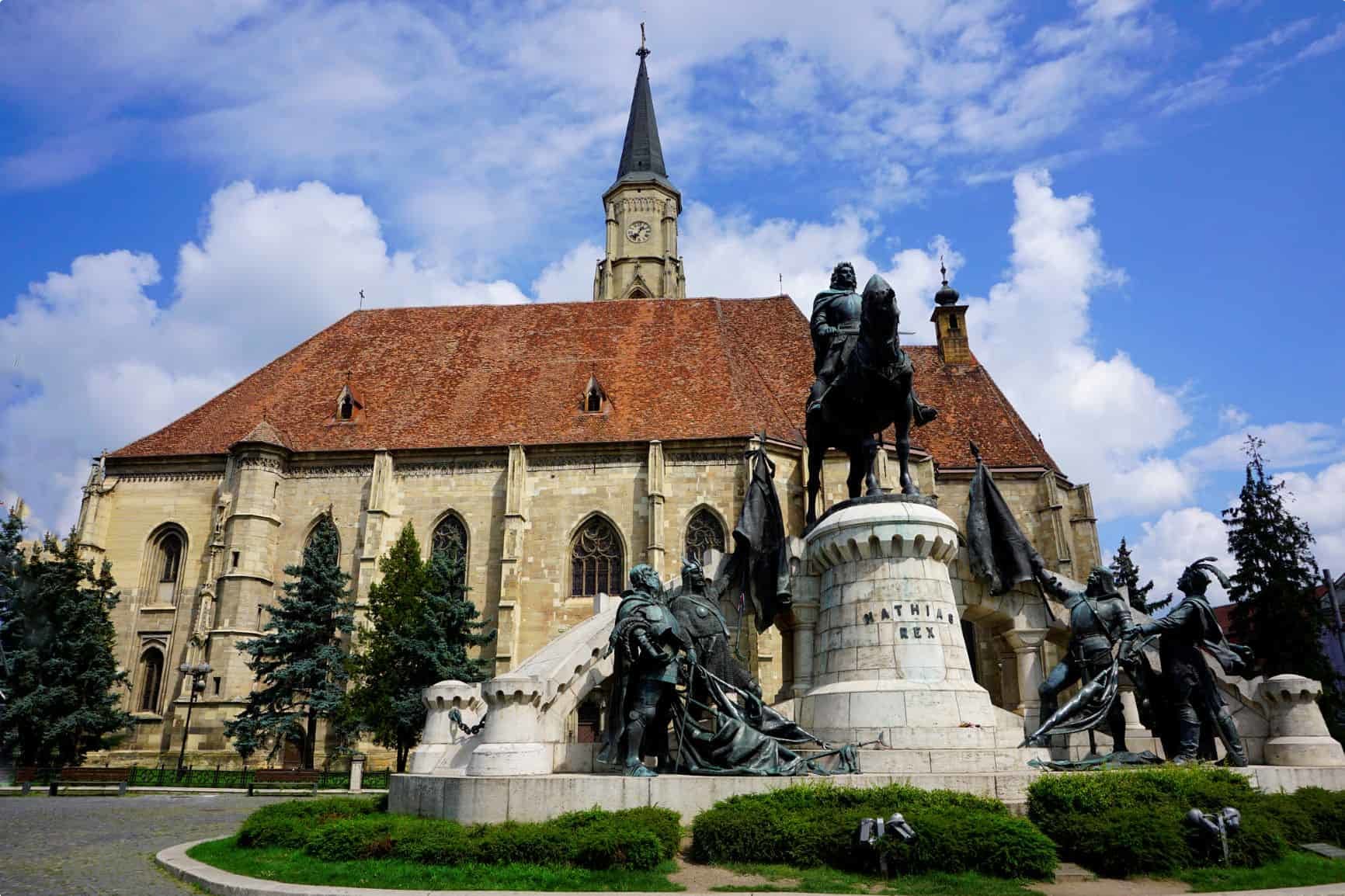
For a unique experience, explore the surreal depths of the Turda Salt Mine on an underground tour, repurposed as a salt therapy center and amusement park.
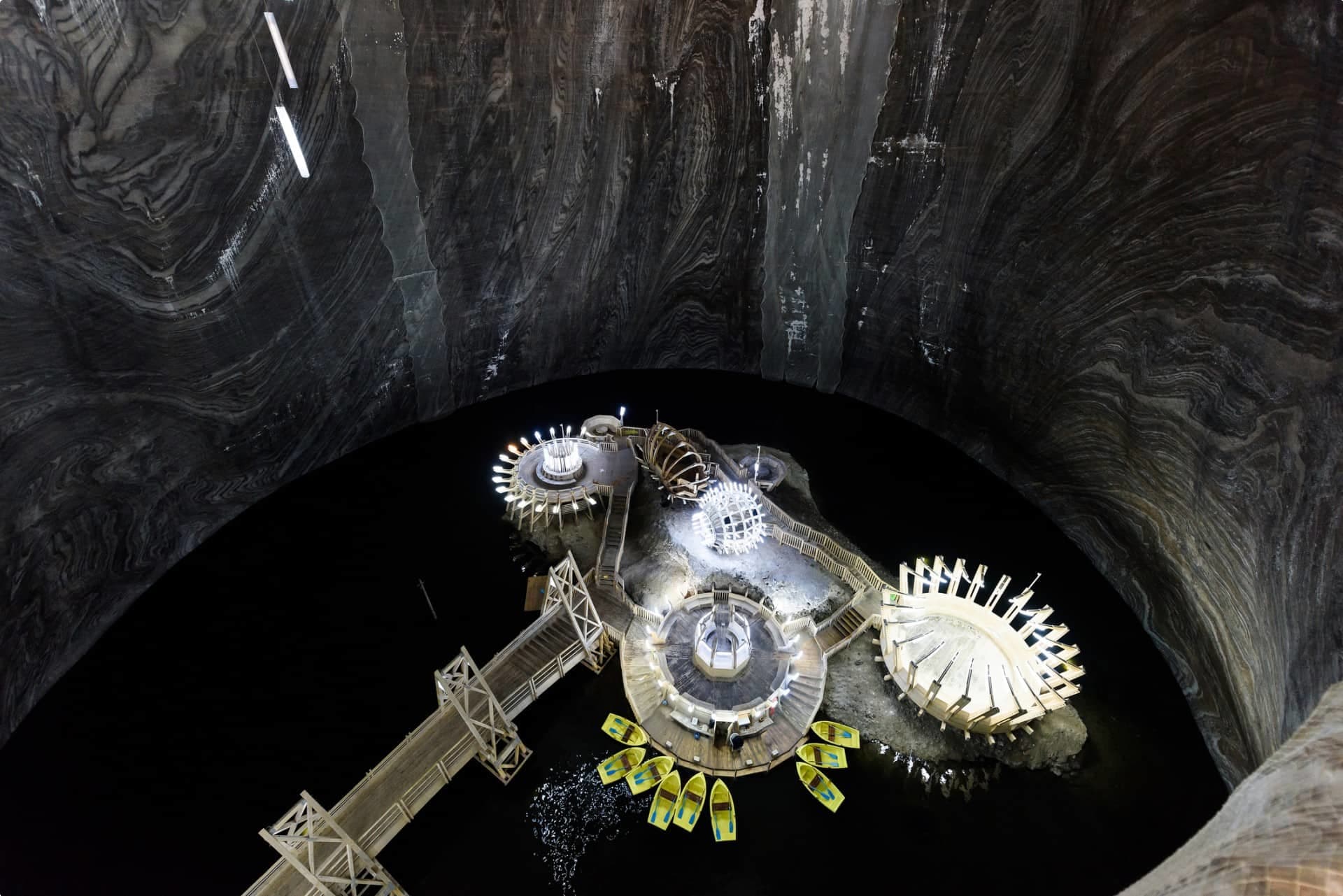
Sibiu enchants with its Lutheran Cathedral of Saint Mary, the Council Tower, and the Brukenthal National Museum, showcasing Transylvania’s cultural legacy through its architectural gems and historical collections.

Nature enthusiasts will find solace in Transylvania’s abundant wilderness, with three of Romania’s natural parks offering a sanctuary for outdoor enthusiasts. From the scenic trails of Poiana Brașov to the untamed beauty of Retezat National Park and Piatra Craiului National Park, visitors can immerse themselves in the diverse landscapes of the Carpathian Mountains, teeming with wildlife and natural wonders.
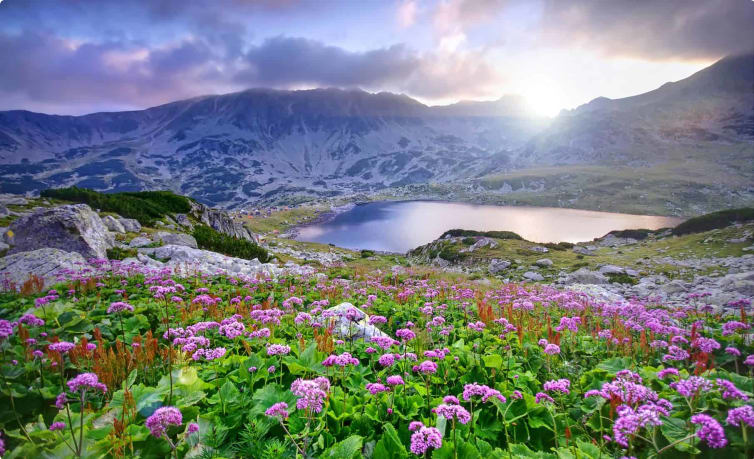
Embark on a journey through Transylvania’s rich history on our Discover Romania tour with Odyssey Traveller. Starting in Bucharest, the capital and largest city of Romania, we delve into the heart of Eastern Europe. Our meticulously crafted itinerary leads us through museums and ancient towns, offering a deeper understanding of Romania’s origins, the echoes of its monarchical history, and the enduring imprints of centuries of foreign dominion. Explore the layers of history that define this captivating nation. Join us as we unravel the tapestry of Romania’s past on this immersive small group tour tailored for mature-aged and senior travellers.
The following related tours may also be of interest:
- Sofia, Bucharest, and Budapest tour
- George Enescu International Festival
- Romania small group walking tour
Just click through to see the full itinerary and sign up!
Related Tours

17 days
Aug, Oct, Sep, MarDiscover Romania
Visiting Romania
Small group travel from one of the best small group tour companies for Europe, to Romania. Join like minded people with a tour leader and local guides who provide fascinating sights at key destinations in Romania. For couples and single travellers. Minimal single supplement applies.
From A$9,950 AUD
View Tour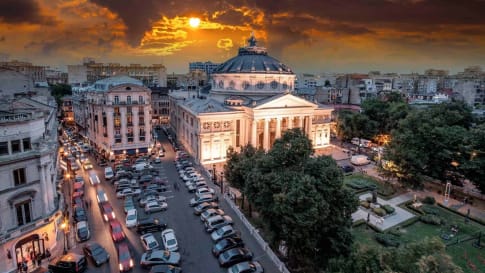
21 days
SepGeorge Enescu Festival small group tour of Romania
Visiting Romania
Discover the work and world of this neglected twentieth century musical giant on Odyssey's small escorted group tour. Explore Enescu’s native Romania before settling down to a feast of his music performed by a host of international stars in Bucharest and immerse yourself in his work with like minded people. Odyssey hopes to provide the group with the opportunity to attend some 30 concerts over 16 days. The next festival is September 2023.
From A$14,950 AUD
View Tour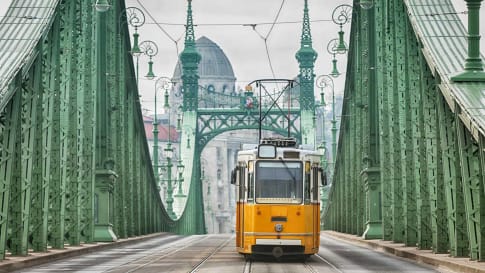
23 days
SepSofia, Bucharest and Budapest | Small Group Tour
Visiting Bulgaria, Hungary
Bulgaria and Romania have been at the crossroads of civilisations for centuries. This is a small group tour from one of the best small group tour companies for Europe, whose trips each day, select destinations from local guides that provide authentic experiences for our guests who are on holiday.
From A$13,995 AUD
View Tour


